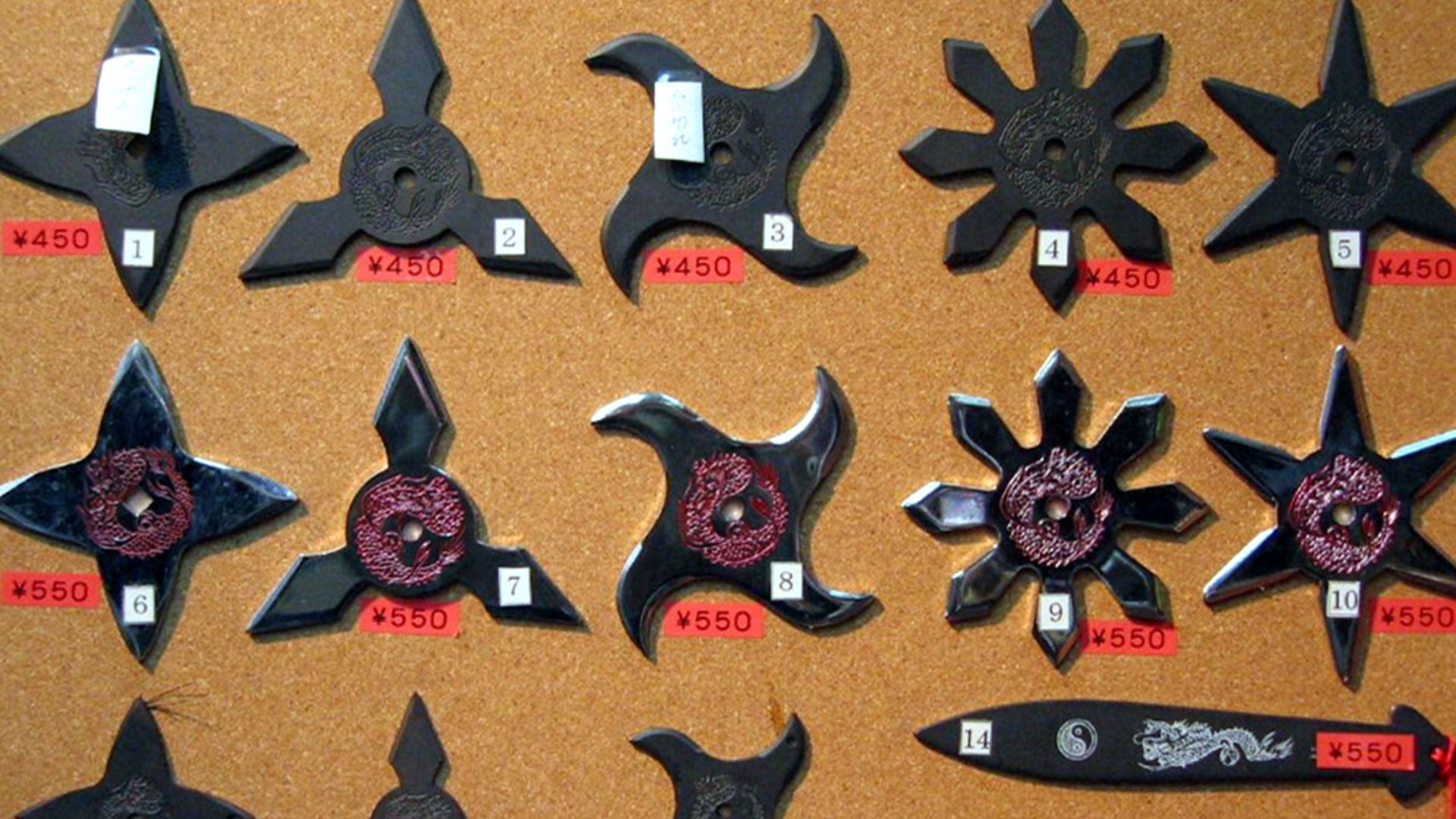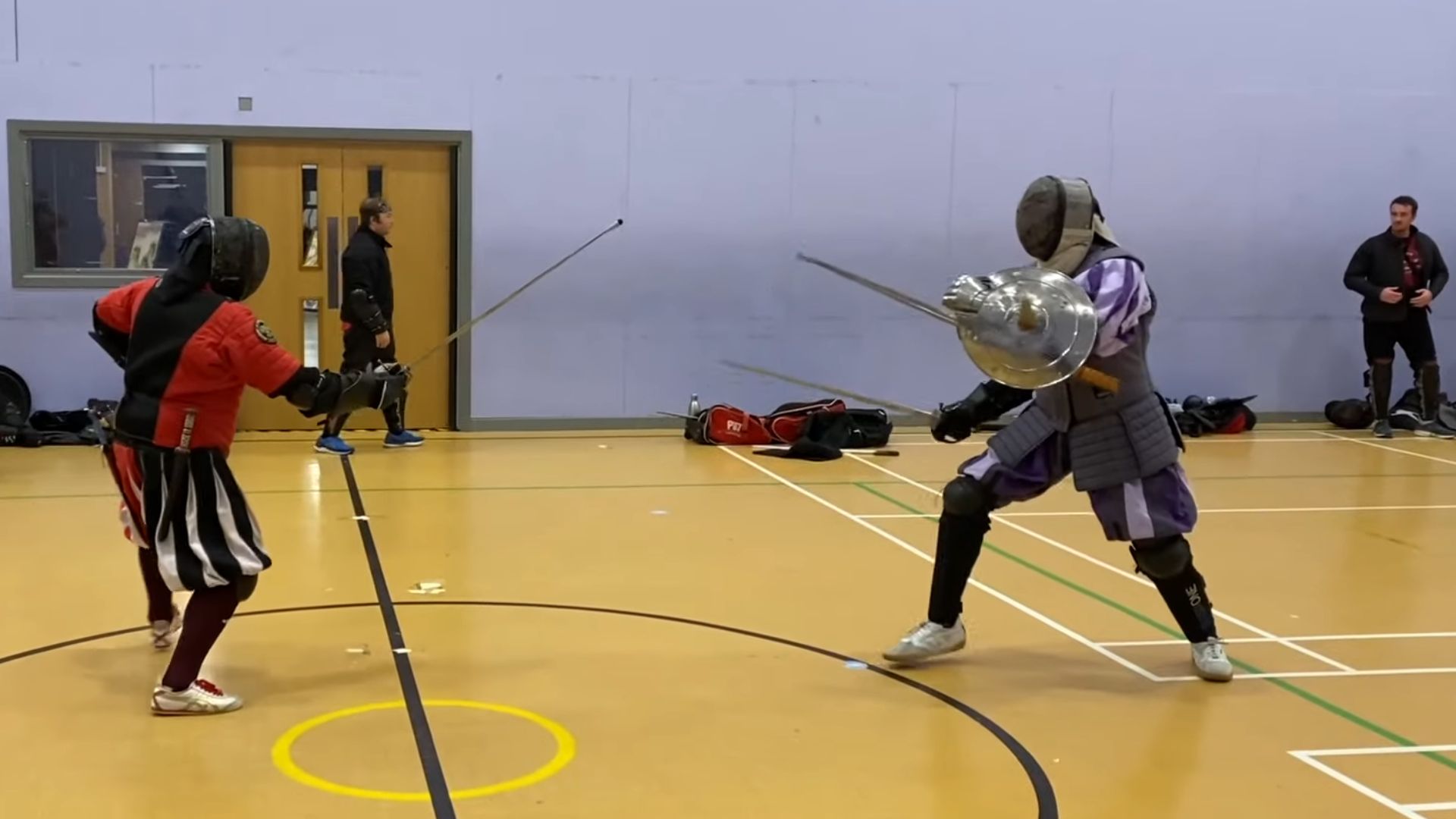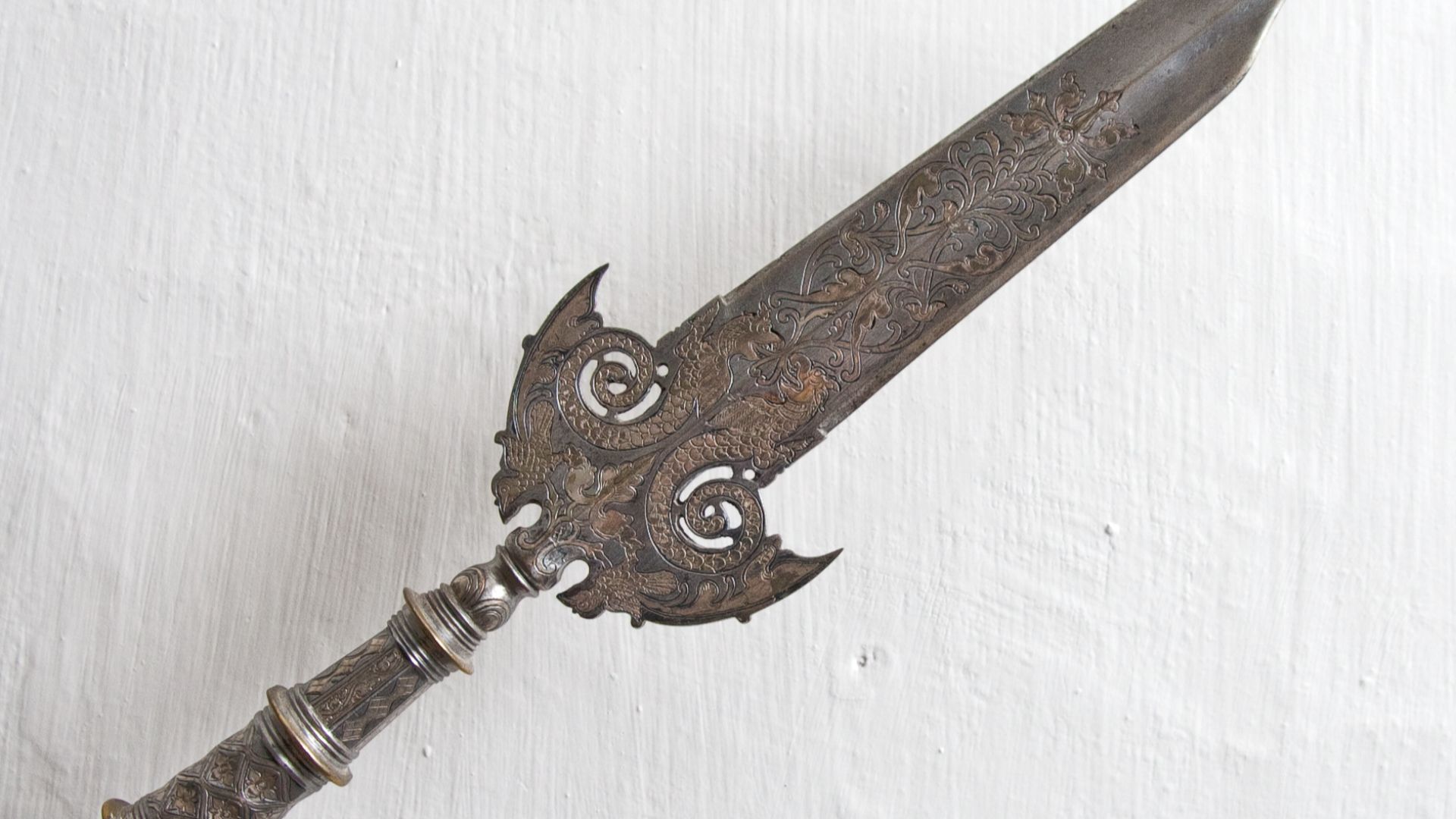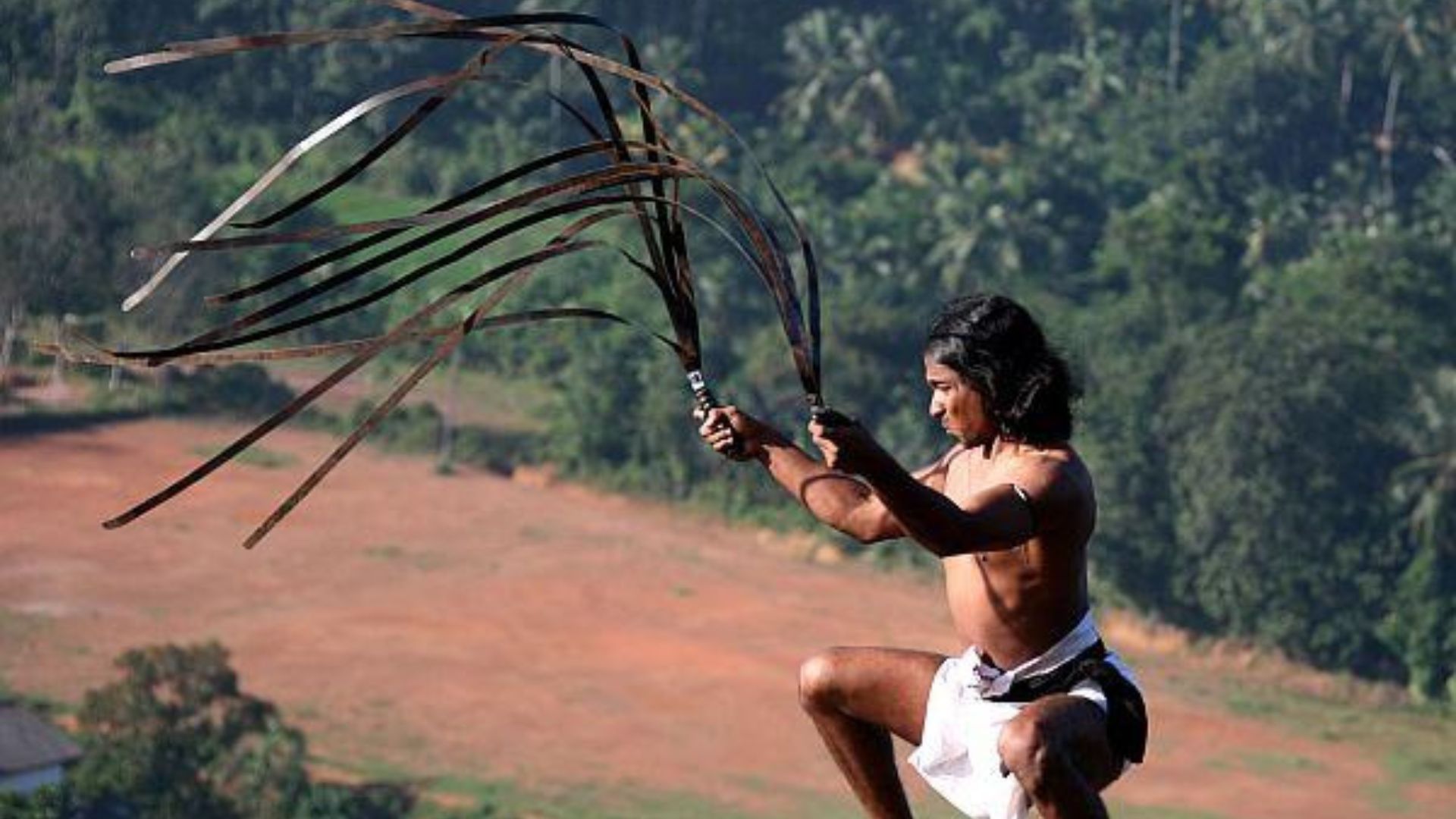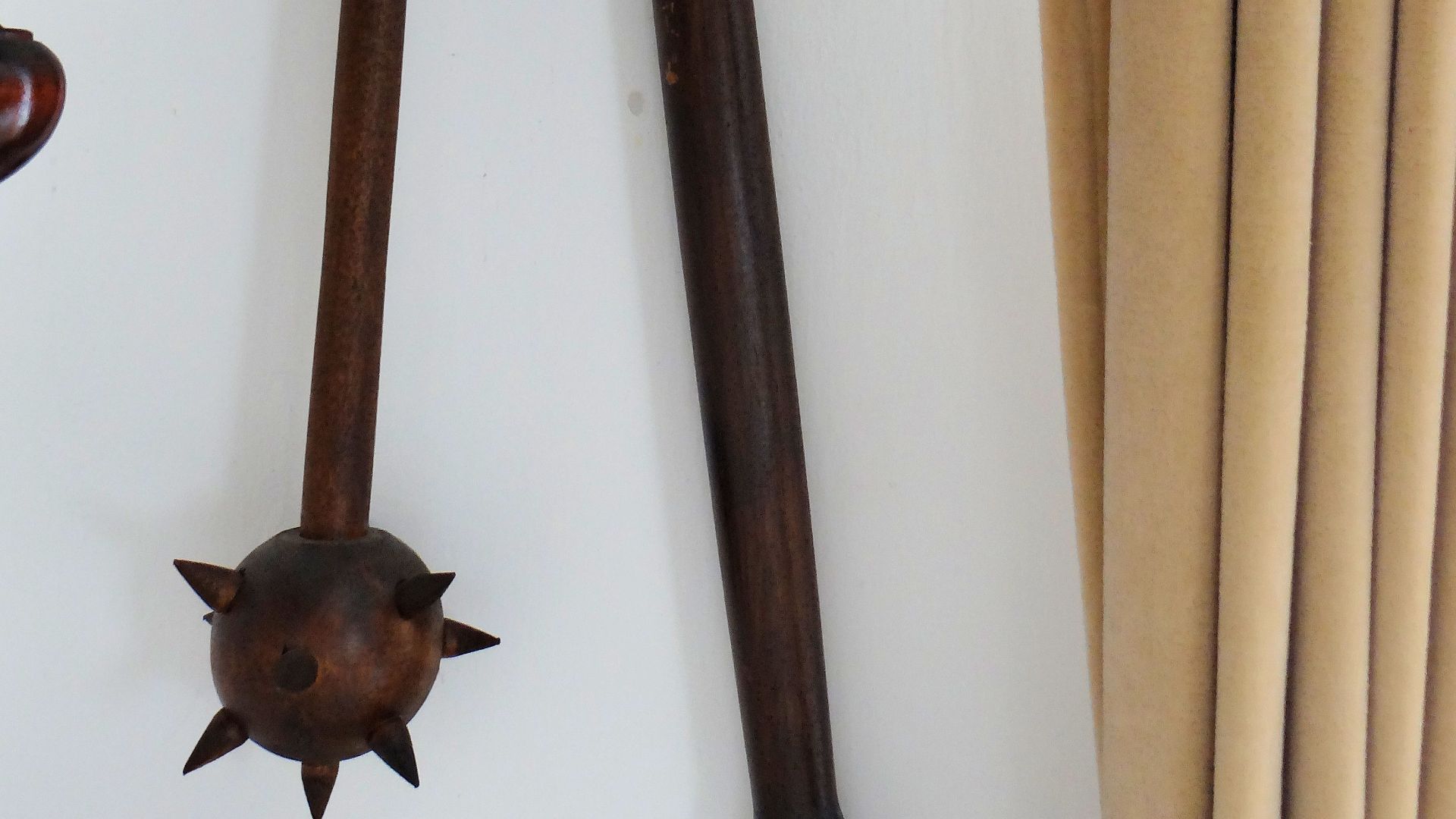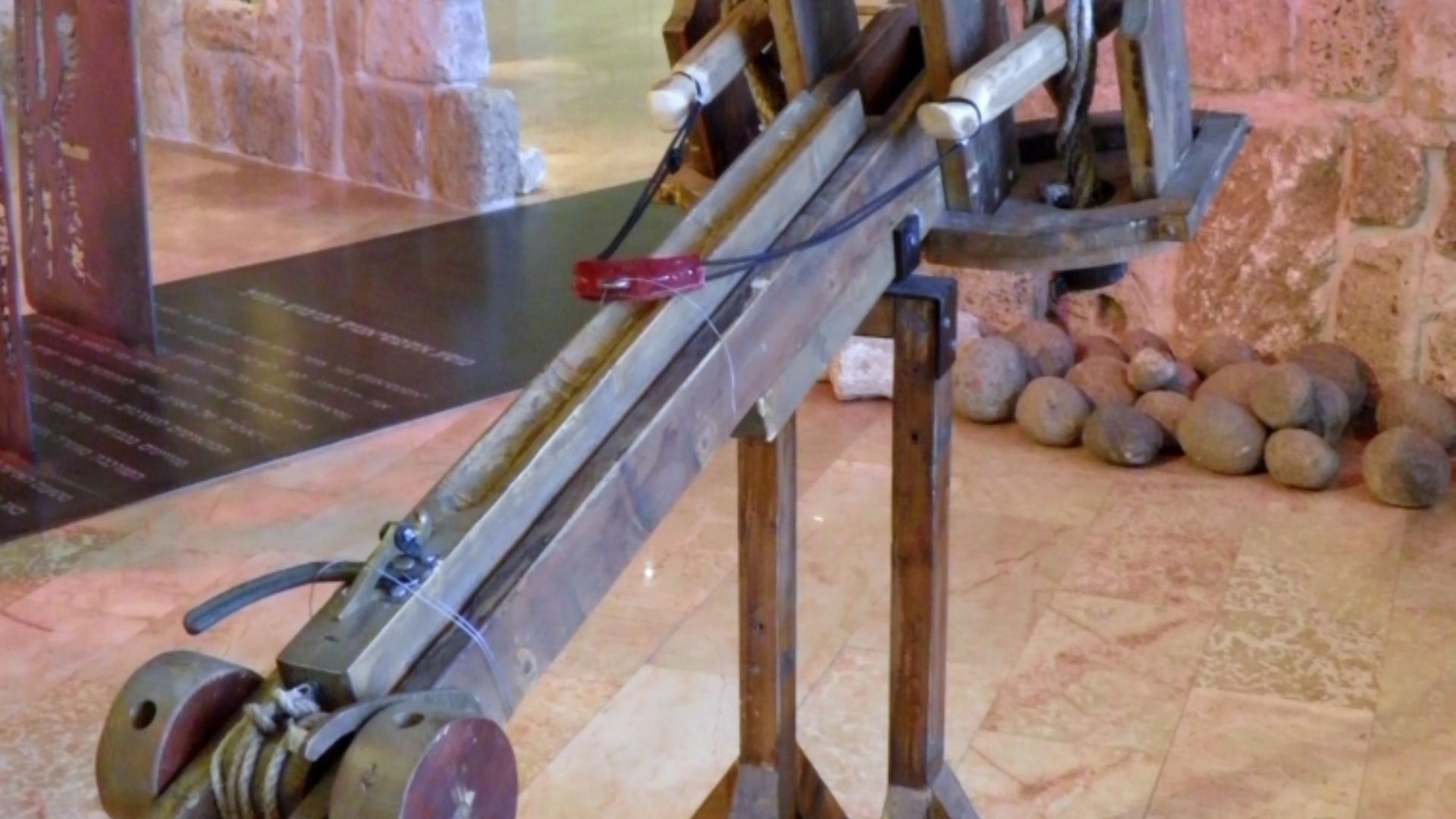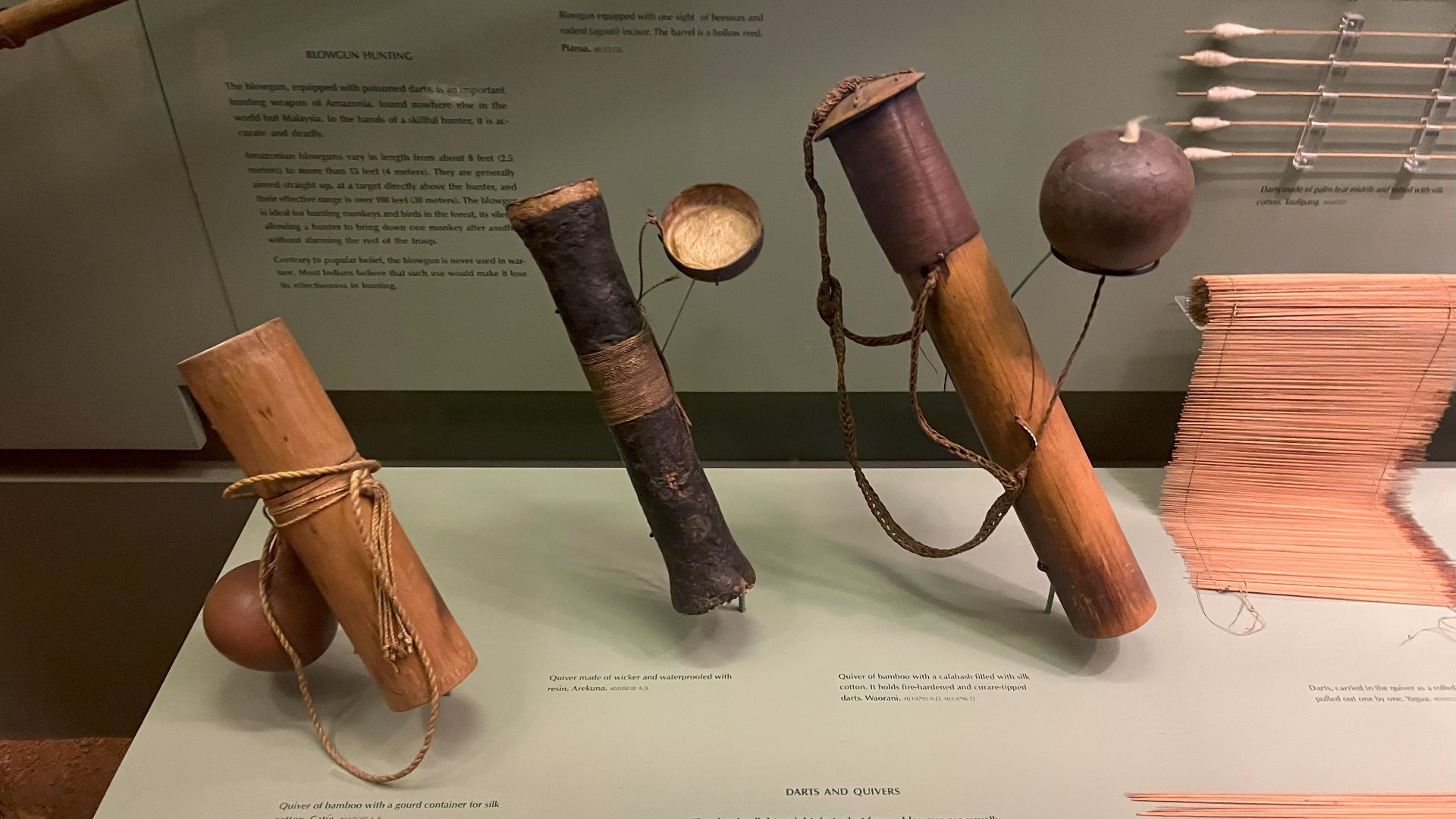When Innovation Meets Destruction
War has always been a grim catalyst for the invention of weapons. While some weapons have sparked revolutions, others have ended dynasties, and a few simply stunned the world with their absurdity. However, each one left a mark far deeper than the scars they caused. Weapons tell a story of not just violence but also ingenuity and ambition and can stand out for either their design or functionality. Let's explore 20 of history’s most innovative weapons.
 JialiangGao www.peace-on-earth.org on Wikimedia
JialiangGao www.peace-on-earth.org on Wikimedia
1. The Cestus
The Roman cestus combined leather gloves with embedded metal plates or spikes, effectively weaponizing the hand. Used in gladiatorial combat, it merged offense with hand protection. This early fusion of armor and weapon laid the groundwork for modern combat gloves.
 Unbelievable find: Ancient Rome boxing gloves by On Demand News
Unbelievable find: Ancient Rome boxing gloves by On Demand News
2. The Zhua
It looks like a dragon’s hand and fights like one, too. Forged from steel and shaped like talons, the zhua was designed to hook and control. Rather than just striking, it manipulated opponents and gear. The eerie form was both tactical and terrifying.
 Exotic Chinese Weapon The Dragon Claw by Lil Mao
Exotic Chinese Weapon The Dragon Claw by Lil Mao
3. The War Wolf Trebuchet
Built under King Edward I’s orders, the War Wolf was the largest trebuchet ever recorded. It reportedly dismantled castle walls with terrifying ease. Made of timber and powered by counterweight physics, it signified siege warfare at its mechanical peak. Size, in this case, truly mattered.
 Unleashing a Medieval Trebuchet on a Wooden Palisade by Smithsonian Channel
Unleashing a Medieval Trebuchet on a Wooden Palisade by Smithsonian Channel
4. The Shuriken
Shurikens were crafted from repurposed flat metal and invented for aerodynamic stability. Their small size made them ideal for stealth attacks and quick, precise throws. While not meant for lethal strikes, they disrupted opponents and created openings.
5. The Broadsword
A double-edged steel blade, wide and evenly balanced, gave the broadsword cutting and thrusting capability. Its form evolved to counter advancements in armor across Europe. Also, it was an adaptive tool in an escalating arms race.
 Victorian Highland officers' broadswords - Width of blades by scholagladiatoria
Victorian Highland officers' broadswords - Width of blades by scholagladiatoria
6. The Lantern Shield
Combining a small lantern with a steel shield, this hybrid allowed combatants to fight in low-light conditions while maintaining defense. Individuals used it in night duels or when patrolling urban streets. The shield and glass blend made it both functional and innovative.
7. The Maul
A long wooden shaft and heavy metal head gave the maul crushing power ideal for breaking armor or wooden defenses. Though primitive in appearance, its design prioritized kinetic transfer and grip ergonomics. Over time, its structure was refined to deliver maximum impact with minimal effort.
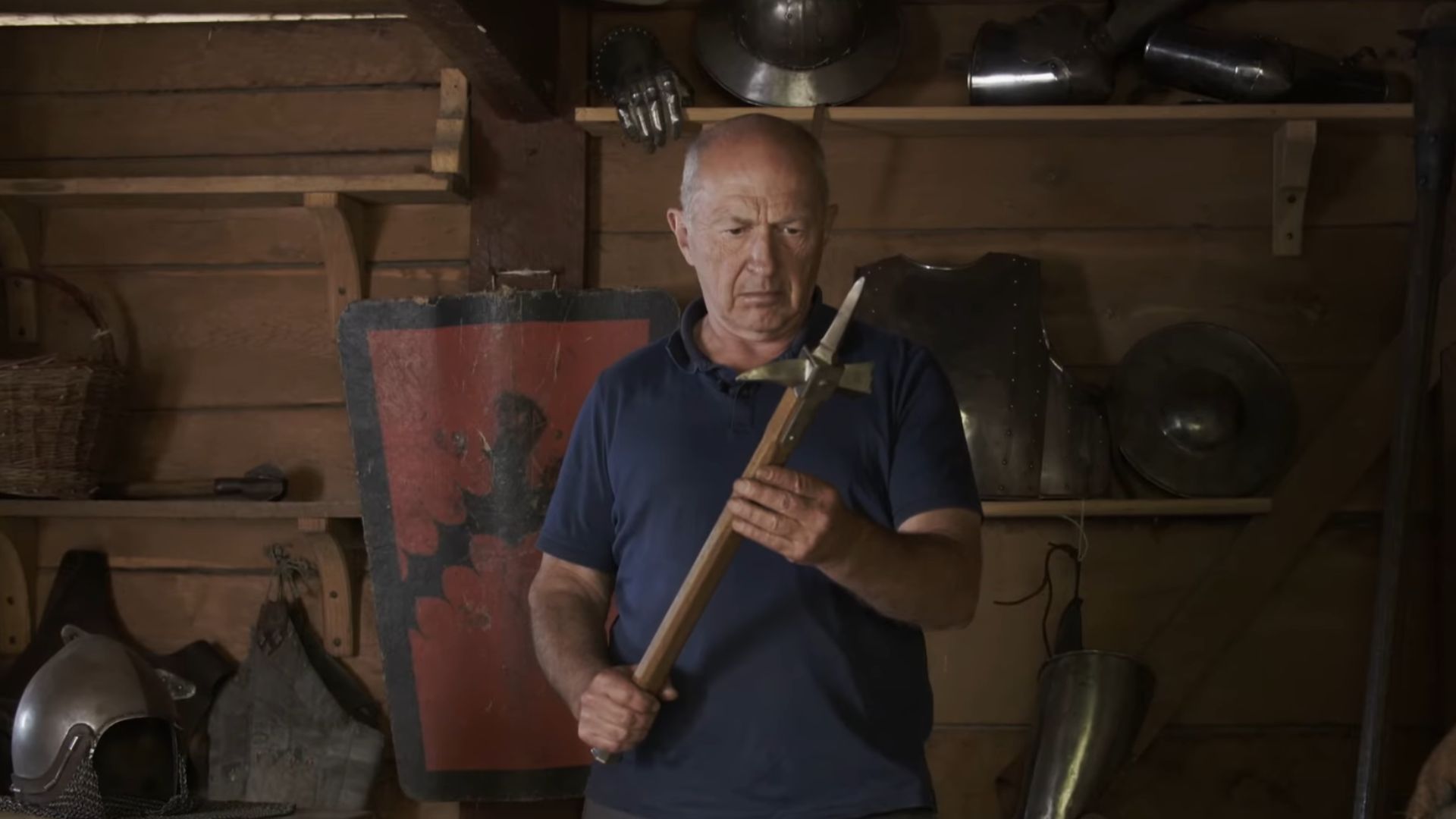 What Kind of Damage Can a Medieval War Hammer Do? by Smithsonian Channel
What Kind of Damage Can a Medieval War Hammer Do? by Smithsonian Channel
8. The Flail
This weapon paired a solid handle with a spiked metal head linked by a chain, an aspect that brought unpredictability into combat. It could swing around shields and strike from odd angles. Iron and steel construction ensured weight and balance.
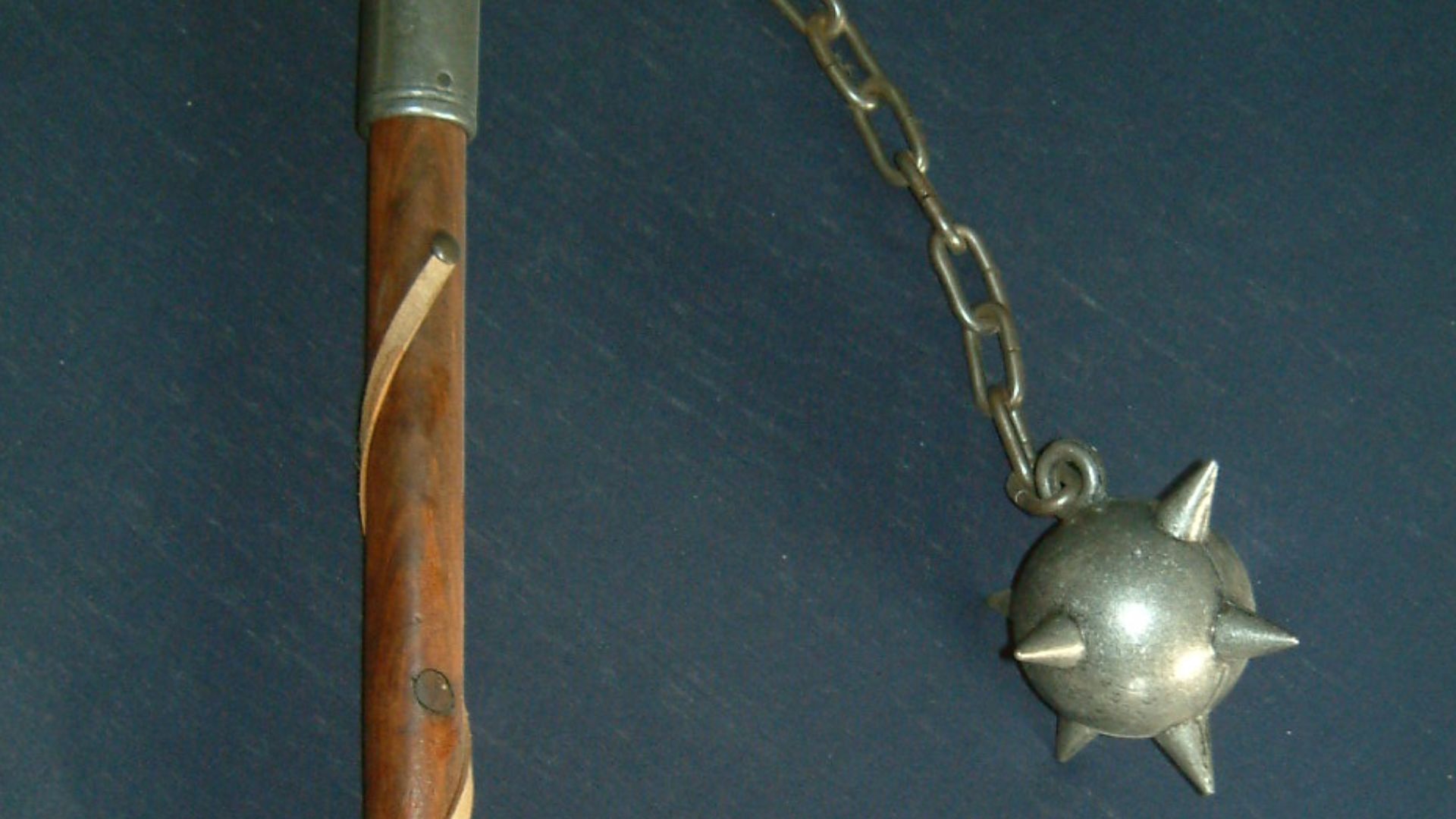 Tim Avatar Bartel on Wikimedia
Tim Avatar Bartel on Wikimedia
9. The Partisan
More than a blade on a stick, the partisan featured side protrusions to trap or deflect weapons. Infantry soldiers appreciated its versatility—thrust or parry with one tool. Unlike clumsier polearms, this one evolved with battlefield needs. Its function, not flair, earned its legacy.
10. The Urumi
A blade that moves like a whip, the urumi could slash and spin with fatal elegance. Wielding it demanded martial skill and spatial awareness since mistakes hurt the user. Its coiled form made it portable and unpredictable. This weapon danced and killed in the same motion.
11. The Macuahuitl
Constructed from hardwood with obsidian blades set along its edges, the macuahuitl utilized materials native to Mesoamerica. Obsidian's edge rivals surgical steel in sharpness, as indicated in the Journal of Archaeological Science.
 Ancient Weapons: Macuahuitl Aztec/Mayan Obsidian Sword by Mantis Man
Ancient Weapons: Macuahuitl Aztec/Mayan Obsidian Sword by Mantis Man
12. The Spiked Mace
Mounted on a wooden or metal shaft, this mace featured a forged steel head embedded with pointed spikes. Its construction distributed force efficiently across the striking surface. Blacksmiths engineered the spikes for maximum penetration without compromising durability.
13. The Ballista
The ballista launched bolts with surprising accuracy and force using twisted ropes of sinew or hair for propulsion. Crafted from wood, metal, and tensioned cords, it was a precision siege tool. An adjustable frame lets operators alter range and power.
14. The Chakram
Typically made of steel, the chakram was hurled at enemies with wrist-flicking accuracy. This flat metal ring comprised a razor-sharp outer edge and a hollow center for streamlined motion. It’s one of the few historical weapons that could double as minimalist jewelry.
 7 ANCIENT Chakram Techniques by Adam Celadin
7 ANCIENT Chakram Techniques by Adam Celadin
15. The Halberd
A foot soldier’s multitool, the halberd packed an axe, spike, and hook on a single pole. The composite form enabled cutting and grappling in one swing. Constructed from iron and wood, it required serious artistry. Battlefield adaptability ensured the halberd remained in active use for centuries.
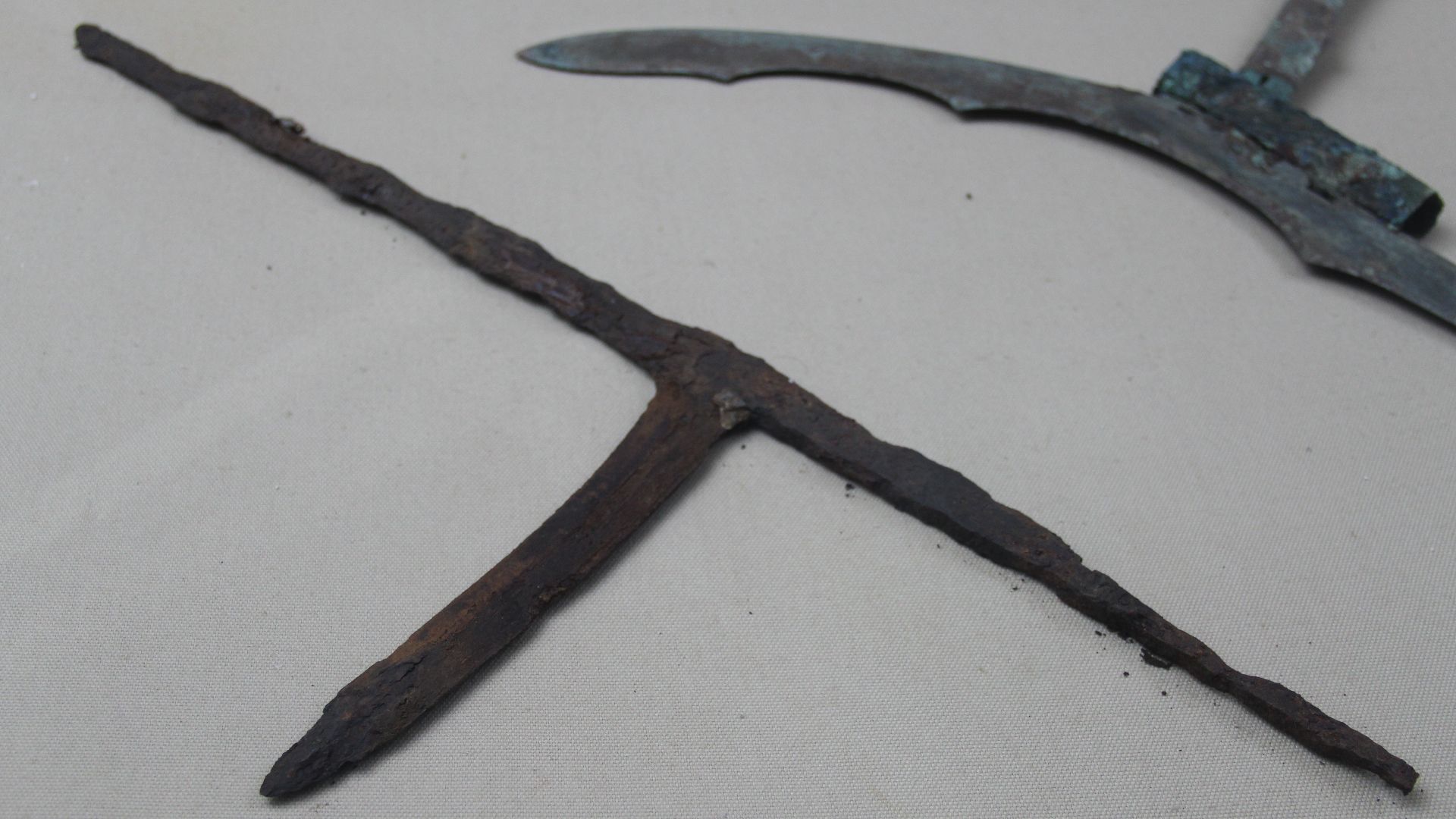 Gary Todd from Xinzheng, China on Wikimedia
Gary Todd from Xinzheng, China on Wikimedia
16. The Blowgun
Hollow bamboo tubes became lethal delivery systems in the hands of skilled hunters. Blowguns launched small darts silently, using breath, and sometimes tipped with plant-based toxins for added punch. Used across the Americas and Asia, this small weapon relied on precision and patience.
17. The Scimitar
The scimitar was made using a curved, single-edged blade, and it specialized in slicing while mounted or on foot. Often adorned with inlays or carvings, it balanced utility with visual splendor. Its sweep made slashes faster and deeper, and that curve changed how battles were fought.
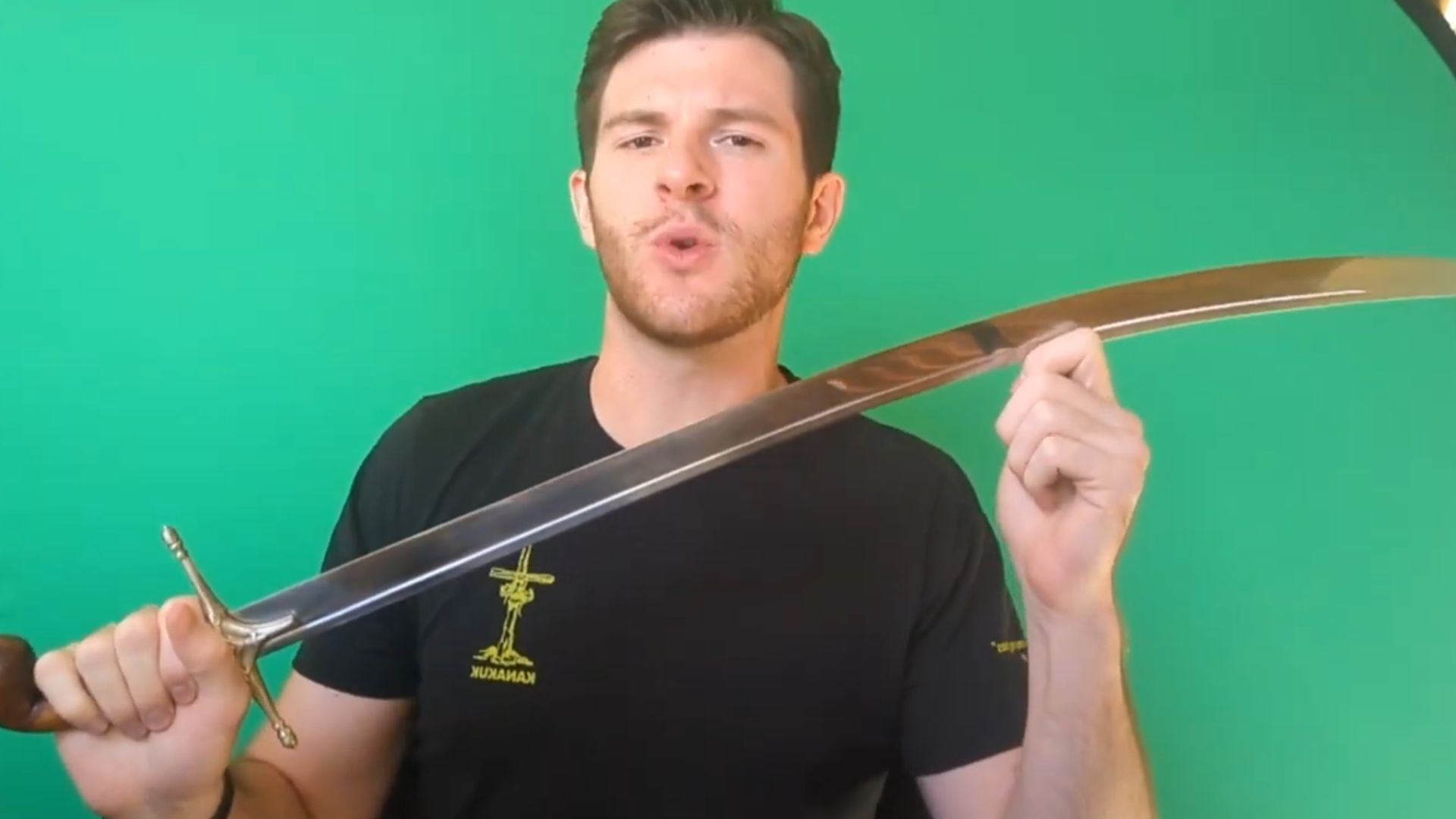 The Problem with "Scimitars" by That Sword Guy
The Problem with "Scimitars" by That Sword Guy
18. The Katar
Held with a horizontal grip across the knuckles, the katar delivered linear, armor-piercing jabs. The triangular blade shape added maximum piercing with minimal drag. Many had gold detailing or floral engravings, which made them weapons of both close-quarters violence and artisan pride.
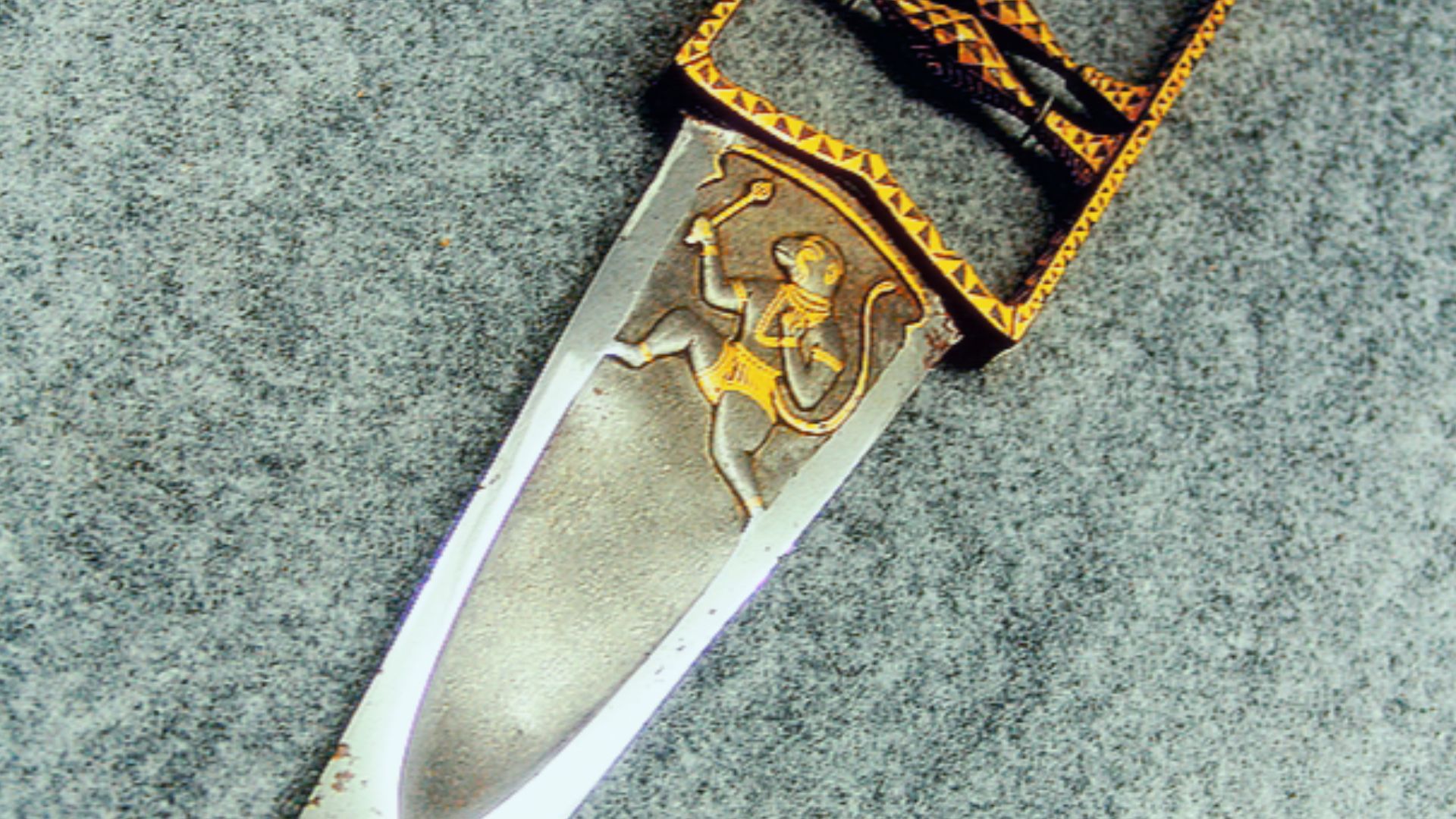 Saad Akhtar (Saad) from New Delhi, India on Wikimedia
Saad Akhtar (Saad) from New Delhi, India on Wikimedia
19. The Crossbow
Fired from a horizontal frame using a mechanical trigger, the crossbow revolutionized ranged combat. It delivered tough, accurate bolts with far less training than a traditional bow. Built from wood, steel, and occasionally horn, it combined raw power with practical usability. Reloading was slower, but its aim was unmatched.
 No machine-readable author provided. Liam Skoda assumed (based on copyright claims). on Wikimedia
No machine-readable author provided. Liam Skoda assumed (based on copyright claims). on Wikimedia
20. The Jian
The Jian was slim and double-edged. Layered steel gave it agility and refined technique. While offering flexibility, it didn’t sacrifice sharpness. Both martial artists and scholars carried it as a symbol of intellect and discipline. In China, the jian reflects harmony as much as combat.
KEEP ON READING

Today In History: A Plot To Blow Up Parliament
Tonight, bonfires and fireworks will be going off across England.…
By Ashley Bast Nov 5, 2025
20 Most Impressive Inaugural Seasons For Sports Franchises
The Florida Panthers Rocked the NHL in 93-'94. Not much…
By Rob Shapiro Nov 5, 2025
How Chalino Sánchez Stuck It To The Cartel
ProtoplasmaKid on WikimediaIn case you've never heard the name Chalino…
By Emilie Richardson-Dupuis Nov 5, 2025
20 Brilliant Inventors Who Never Profited From Their Own Creations
Life Isn’t Always Fair. Some of the greatest inventions in…
By Farva Ivkovic Nov 4, 2025
The Underrated Composer History Forgot About
Mather Brown on WikimediaToday, few people, even those who consider…
By Ashley Bast Nov 4, 2025
The Clueless Crush: How I Accidentally Invited a Hacker Into…
Fluorescent Lights and First Impressions. My name is Tessa, I'm…
By Ali Hassan Nov 4, 2025

